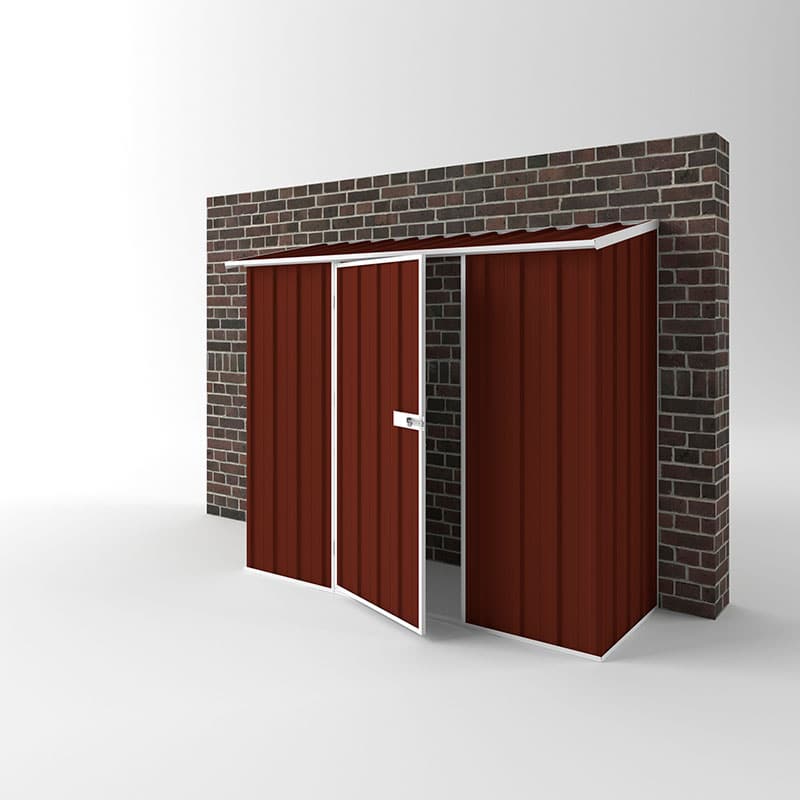How To's
4 Tricks to Weatherproofing Your Non-Steel Shed
A shed is a great place to store everything from lawn equipment to bird seed, but it’s helpful only if you waterproof it. Water can damage your mechanical equipment, rot your bird seed, and cause extensive damage to the wood.
Protecting your shed and its contents is a simple matter of knowing four weatherproofing tricks to protect it for years to come.
Trick One: Start at ground level
A garden shed needs a breathing space underneath to avoid direct contact with the earth. A concrete slab is a reliable way to get your garden shed off the ground, but that can be overkill sometimes for a garden shed.
For that, you need to level the ground, dig a footer, build a frame, install rebar, mix concrete, pour it, and level it.
An easier option is to use concrete blocks to support your shed. You still need to contour the ground away from the building to prevent water from pooling under it.
Trick Two: Waterproof the wood
Rails that are pressure-treated give added life to the base of your garden shed. When rain runs down the walls, the lower section tends to stay damp. Pressure-treated wood is your best defense against damage from rot or insects.
You can also get siding that is pressure-treated. Many options are available for a decorative look. Save the effort involved in making an attractive exterior, and spend a few extra bucks to get a lasting material that is easy to maintain and has a professional appearance.
With ordinary garden sheds, you need to seal it on the inside and outside. Plan to apply the sealer on a sunny day, and give it time to dry. Areas that need special attention are around the edge of the roof at the corners.
Weatherproofing is only as effective as you make it by covering all areas so water has no way to enter.
Trick Three: Make the roof leak-proof
The roof is exposed to the most intense weather elements, so it is most often the place where leaks occur.
A metal roof protects against water and other elements more effectively than other types of materials that are typically used on a shed.
Trick Four: Complete the job with a waterproof paint
Find a flat exterior paint that contains waterproofing chemicals. Such products are capable of protecting your shed against mildew, which is especially important under humid conditions.
Sprinklers add to the dampness that affects your shed, and a reliable waterproof paint can shield it effectively. If you use a non-waterproof paint, you can put a coat of clear finish on top to preserve it.
One last tip
When shopping for garden sheds, consider buying ones that are made from steel as steel is more weather resistant than many other materials used to construct sheds.

